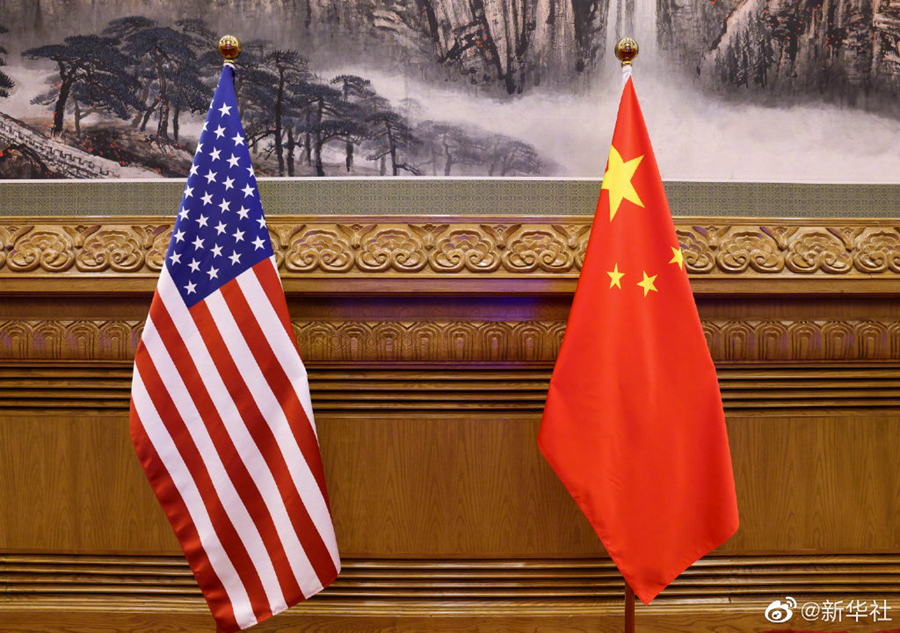Caretaker Finance Minister Shamshad Akhtar, in her inaugural virtual dialogue with the International Monetary Fund (IMF), has pledged an unwavering commitment to upholding policy actions under the $3 billion Standby Arrangement. These actions, enacted during the caretaker government’s tenure, are aimed at securing economic stability.
Informal Exchange on Implementation
During the introductory meeting, Akhtar and the IMF staff mission engaged in an informal assessment of the program’s implementation. Emphasis was placed on achieving structural benchmarks vital for the successful completion of the second quarterly review, scheduled for October or early November. This review hinges on data from end-September and is pivotal for unlocking approximately $710 million in the second tranche, anticipated for disbursement in December.
Policy Milestones and Challenges
While official statements remain elusive, informed sources suggest that the government confirmed the completion of key policy actions by the end of July. These include a 26% increase in electricity rates and regulatory progress in fuel price adjustments and quarterly tariff adjustments. These steps aim to offset exchange rate losses and interest rate fluctuations. Challenges, however, loom in the form of procedural delays and potential disruptions to circular debt targets due to ongoing countrywide protests against surging electricity bills.
Focus on Structural Reforms and Exchange Rates
Structural reforms take center stage as the government faces the deadline to place state-owned enterprises (SOEs) under a central monitoring unit in the Ministry of Finance. Outsourcing port facilities on a government-to-government basis has raised IMF queries, highlighting the significance of adhering to the end-November structural benchmark. This benchmark calls for improved governance of SOEs through the operationalization of relevant policies.
Navigating Exchange Rate Dynamics and IMF’s Caution
A critical parameter, the gap between interbank and open market exchange rates, raises concerns. Although committed to maintaining this gap within 1.25% on a weekly average, recent weeks have witnessed it hovering around 3 to 4%. Dr. Akhtar’s engagement with the State Bank of Pakistan (SBP) to explore administrative measures underlines the government’s intent to manage this gap. Reassurances have been extended to the IMF that exchange rates will remain market-driven, devoid of official interference.
IMF’s Prudent Stance and the Road Ahead
The IMF, at the time of signing the Standby Arrangement, underscored its significance as a policy anchor and a pathway for financial assistance from various partners. It, however, cautioned that the successful execution of the program would be pivotal in the face of daunting challenges.
In the dawn of this debut interaction, Caretaker Finance Minister Shamshad Akhtar’s resolute commitment to policy continuity echoes. The trajectory ahead requires overcoming obstacles, actualizing structural reforms, and navigating exchange rate complexities. The IMF’s watchful eye and Pakistan’s steadfast dedication will shape the path towards economic stability and growth.
















